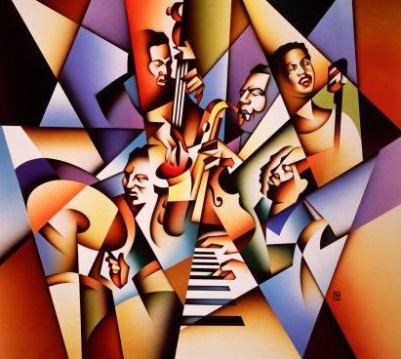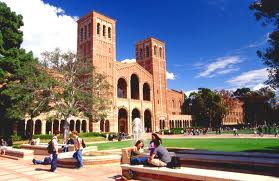The American Indian community is inherently diverse: it encompasses hundreds of tribal nations, each with its own distinct culture, language, and history, as well as hundreds of different native perspectives ranging from reservation to urban experiences. With this understanding, it is easy to see how this diverse community in itself represents a positive model of cultural mixing and coexistence.
My name is Kenneth Ramos; I am Diegueño Indian, and I grew up on the Barona Indian Reservation in San Diego County. I am a Tribal Member of the Barona Band of Mission Indians <http://www.barona-nsn.gov/>, a federally recognized sovereign nation, consisting of a citizenship of almost 500 Native Americans. Our ancestors inhabited the lush San Diego valley before the arrival of Father Junipero Serra, and the implementation of the Spanish Mission system, the first being built in San Diego in 1769, which led to the colonization, enslavement, and mass genocide of California Indian tribes along the coast, ranging from San Diego to San Francisco. Missionization plays a huge role in the shared histories of California Indians, and is unique to our experiences as indigenous people.
This experience differs from that of the other 562 federally recognized tribes in the United States, who, along with their individual cultures and traditions, have their own stories of surviving centuries rape, colonization, assimilation, relocation, genocide, and so much more. The Iroquois Confederacy dealt with French, Dutch, and British colonists in present-day New York, the Cherokee were forcibly relocated from Georgia to Oklahoma on the deadly Trail of Tears under resident Andrew Jackson, the US government attempted to ethnically cleanse and deport the Navajo people through the Long Walk, and of course, the massacre of Lakota by the US Calvary at Wounded Knee. These are just several famous examples of Native Nation’s struggles, which differ from that of my own Native Nation’s. Although we are all different people with different beliefs, it is this shared experience of survival that has brought our tribal nations together, to share our cultures and pass down our stories, as the American Indian community.
This cultural mixing manifests itself in several different ways today, but one of the most popular being in the form of a Pow Wow. Pow Wows are traditionally practiced by Plains Indians, however today, they have become a staple to pan-Indian culture. Pow Wows are gatherings for native peoples from all other to come together to meet, sing, dance, socialize, and essentially celebrate our diverse community and cultures. There are native vendors of crafts and food (always fry-bread), and dancing and drumming competitions. The dancing that occurs at the Pow Wow also reflects the many different cultures of our community, as we have specific styles that belong to specific regions of the country, such as fancy shawl, jingle dress, gourd dancing, northern cloth, northern buckskin, southern traditional, grass dancing, and so much more. My tribe, for instance, has Bird Dancing, which is only practiced by the women.
Last weekend, my tribe hosted our 43rd Annual Barona Pow Wow. Culturally, we are not Pow Wow Indians, and although we host a Pow Wow for members of the American Indian community to come together on our reservation, those of us from Barona use the Pow Wow as a gathering. My Aunties and Uncles and cousins all set up camps and we spend the weekend together. We take care of our Great-Aunties and Great-Uncles and grandparents together during the day, and spend the nights at the Pow Wow grounds until the sun rises and the Pow Wow starts up again. We set up traditional ramadas and have inter-tribal sports competitions, as well as playing peon, a traditional game of our tribe. My tribe’s Pow Wow exemplifies a positive model for cultural mixing and sharing.
Pow Wows happen almost every weekend all over the country on the National Pow Wow circuit. There are many that happen in Los Angeles, due to the fact that Los Angeles has the largest population of urban American Indians than any other county in the country (this is mainly due to relocation). Pow Wows have become a common event amongst our people, and have demonstrated the positive effects cultural mixing has within a community that has been stricken with centuries of racism.
If you have never been to a Pow Wow, I encourage you to go. The American Indian Student Association (AISA) at UCLA will be hosting the 29th Annual UCLA Pow Wow this coming May and I hope to see you all there in attendance!























